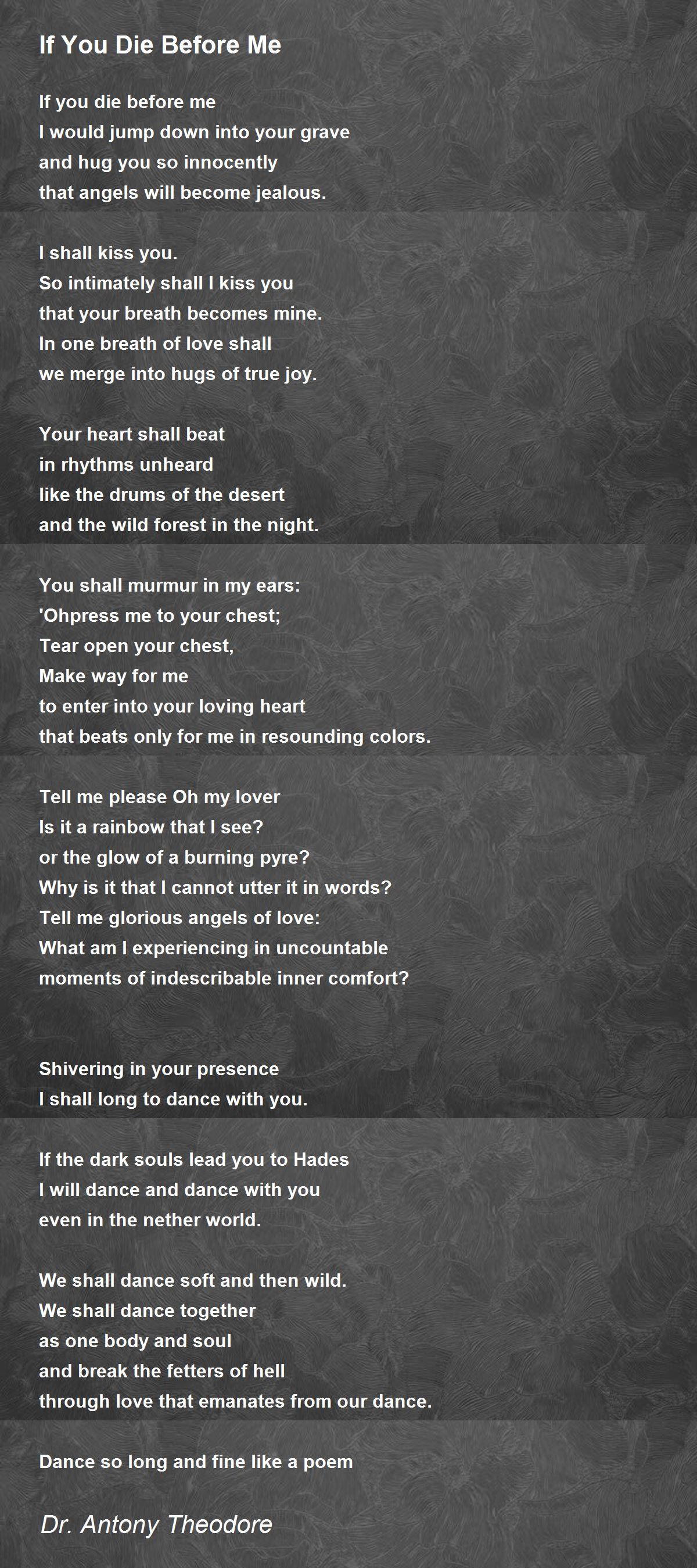

Hers is a poetry of fragility and emotional extremity. In a YouTube reading Talukder discloses that she suffers from bi-polar disorder.

Thus, the first part of the book, couched in terms drawn primarily from the tradition, ends with images of shattering, breakage, a metaphoric suicide. As she tells herself in "Kathak: Dance of the Courtesans": It is almost with triumph that she reports her lover saying, "You've destroyed me."Įventually, however, the lover loses interest. She says, for instance, "Her curls, too / had once fallen on him / like calamity." In the Western tradition she would be Lamia, la belle dame sans merci. Yet, as we see in "Fanaa: End of Self," love itself is a kind of madness. Later we witness the speaker enjoying her power as the woman of her own and her lovers' dreams. Not surprisingly this resolve, which is figured in terms of self-harm, frightens her mother, who "looked into my eyes with terror," and yet in (the title of) another poem her mother warns her, "You're getting older, and there are such few boys." In this culture there is no place for a woman without a man. "When in the dark / my mind brightened," for instance, depicts her resolve to be a traditional woman: The opening sections of the book trace an arc from infatuation with the archetype to despair and disillusionment. The fact that these aspirations and longings are ultimately frustrated speaks to a larger cultural point, the suppression and silencing of women. In her poems the voiceless Belovéd of the tradition gives voice to her aspirations and longings. She manages this mainly by adopting the woman's point of view, de-centering the male Lover in favor of the female Belovéd. Like many other contemporary poets, especially women and poets of color, she invokes the tradition with the ultimate goal of deconstructing it.

Despite this imagery, she draws her poetic tool kit mainly from the contemporary American academy, producing jagged, fragmentary poems that leap great distances from one strophe to the next. The imagery in the book's earlier sections-with titles like The Wine Cup, The Nightingale, and The Courtesan-will be familiar to readers of Rumi and the Rubaiyat. Well-wrought ghazals, with their self-contained couplets, insistent rhyming, and a reference to the author in the last couplet, are in short supply. In Shahr-e-jaanaan: The City of the Beloved, the Pakistani-American poet Adeeba Shahid Talukder confronts the damage done to women by the "Urdu poetic tradition." The fact that this tradition is almost exclusively masculine and rooted in a deeply patriarchal culture makes her engagement with it doubly problematic.Īlthough she tells us that her own poems "are in dialogue with the Urdu poetic tradition," the affinity is not an obviously formal one. What happens when a poet finds herself, not just struggling to embody her tradition but writing in opposition to it? Eliot, in his famous essay "Tradition and the Individual Talent," argued that a poet cannot be evaluated simply in terms of his own work or of that of his contemporaries "he must inevitably be judged by the standards of the past." But what if the standards of the past preclude the poet from even opening her mouth? Eliot seems to suggest that the individual poet writes always in tension with the tradition, but he never considers how acute that tension may be for poets who are otherwise excluded from the tradition.

Shahr-e-jaanaan: The City of the Beloved, Adeeba Shahid Talukder, Tupelo Press, North Adams, Massachusetts, 2020, 104 pages, $18.95 paperback, WHENEVER I ENCOUNTER a poet new to me, one of the first questions I ask myself is, what is her tradition? And what is her relation to that tradition? We remember that T.S.


 0 kommentar(er)
0 kommentar(er)
